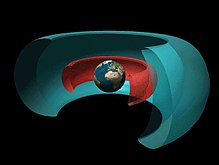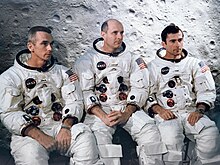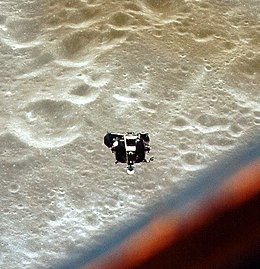Hi,
today I will write about the one year mission on International Space Station.

What needs to be done for mission on Mars. (Source)
Usually when there are astronauts on ISS they are there for half a year, conducting experiments and so on. The problem is that we do not have much data about what happens when the astronaut is away for longer time. This is a problem for long term missions on Mars and so on.
We know that bones weaken over longer periods of time because body adjust their strength to how much they are used which is not much when you are in microgravity.
Of course muscles weaken too, both of those problems are almost balanced by 2 hour workout everyday, it is not enough and the astronauts need to do some rehabilitation afterwards.
Now there is this mission called One Year in Space. There were actually people from Russia who were longer time in space their condition was not studied much. In 1st March astronauts Scott Kelly and Mikhail Kornienko will return after one year in Space. Both of them were observed already one year before the mission and they will be observed one year after it. Scott Kelly even has a twin who is too astronaut so they will get even more information from that because they can compare their condition.
It may take a long time to get all the results since scientists have a lot of data and their saliva will still remain frozen on the board of ISS before we are able to bring it back.
Dragallur
I already mentioned one year mission in this post.


 radiation belts.
radiation belts. dangerous and inner belt where is much more charged particles and especially protons.
dangerous and inner belt where is much more charged particles and especially protons. mission.
mission. PM. Members of crew were three of course: from left to right Cernan, Stafford and Young.
PM. Members of crew were three of course: from left to right Cernan, Stafford and Young. only Young on the board of “Mothership” while Stafford and Cernan achieved the distance from surface of 15.6 km.
only Young on the board of “Mothership” while Stafford and Cernan achieved the distance from surface of 15.6 km.